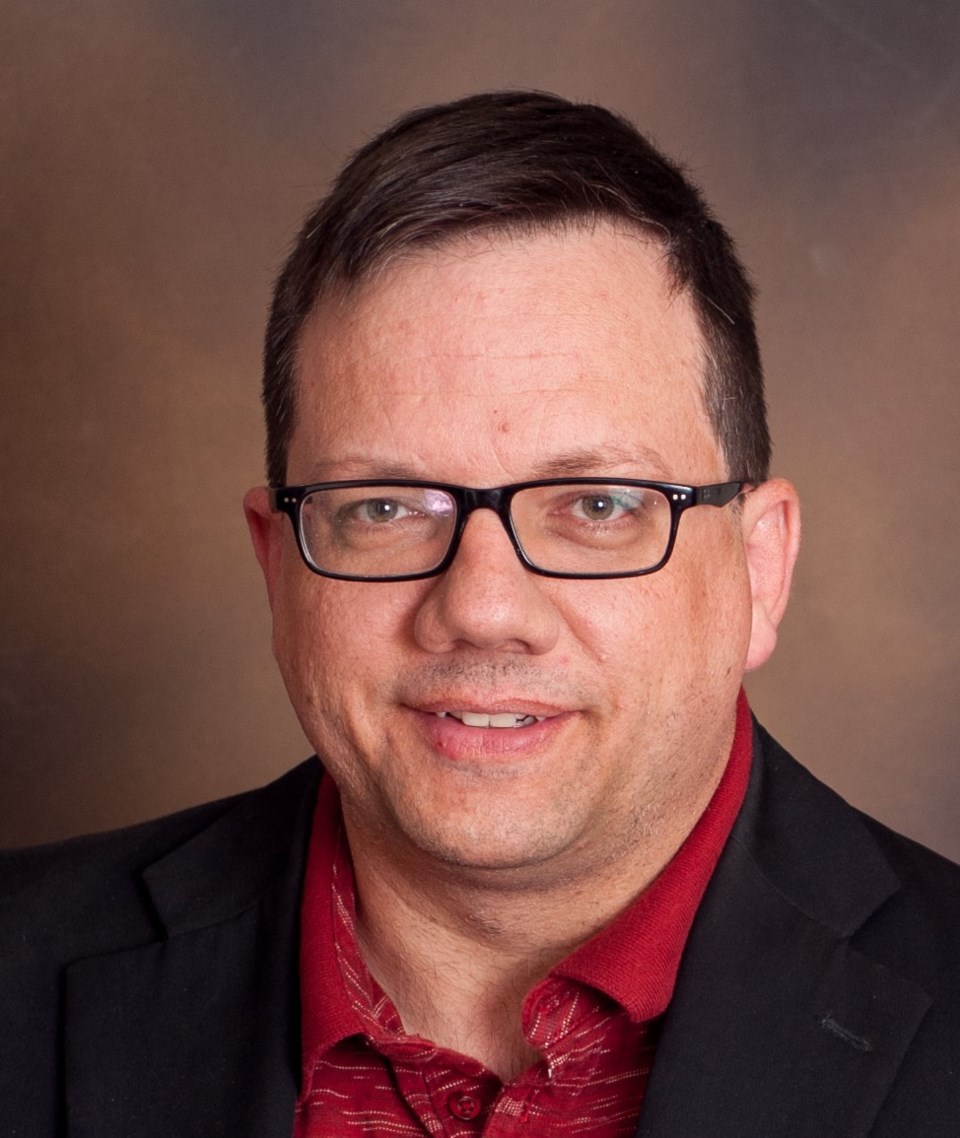Steinbach, Man. – Saskatchewan’s return to school plan while under the COVID-19 pandemic is pretty close to what education expert Michael Zwaagstra would recommend. This includes having kids in school, every day, all day long.
Zwaagstra is a high school teacher based in Steinbach, Manitoba, and he teaches in a high school in southeast Manitoba. He’s written two books on education: What’s Wrong With Our Schools and How Do We Fix Them, and A Sage on the Stage: Common Sense Reflections on Teaching and Learning. Over the last decade he has written extensively on education for two think tanks and been a regular commentator on education matters across the country.
Zwaagstra also has some roots in Saskatchewan, having graduated from Yorkton Regional High School.
On Aug. 10, he said, “I think that Saskatchewan has to balance the challenge of managing COVID-19 with the absolute necessity of getting kids back in school.”
He said, “I would have a very strong preference for students to have in-class instruction. I think all students should be back, with priority to Kindergarten to Grade 8. But really, it's best for high school students to be back everyday as well. And I would favour limited physical distancing measures. So, for example, don't have all-school assemblies. Don't have evening events that are open to the public, that people come and watch sports games. Make sure that hand sanitizer is available. Encourage teachers to set up classrooms in a way that reduces contact to the greatest degree possible.
He went on, “But I would not personally recommend strict two-metre requirements throughout the day. The reality is that kids are going to come into contact, no matter what measures we've put in place. We need to recognize that, so I don't want regulations to be so onerous that it's impossible for kids to have a reasonably normal learning environment.”
He said, “Most provinces are not mandating that throughout the entire school day, kids have to be two meters apart from each other. And so, what I'm saying is actually not really far off from what public health is.”
Zwaagstra noted, “My expertise is not in public health. My expertise would be in terms of how schools run, and I can pretty confidently say that school is very different from Walmart in terms of how you can reasonably expect it to run. Measures that you put in place in department stores are not going to be as effective in school settings for a whole lot of reasons.”
“In how schools operate, and you're just not going to have the same rules in school as you do in Walmart. I mean that you can’t keep kids two meters apart all day throughout the entire school day. I mean, that's virtually impossible.”
He said measures like cohorting, staggered lunch breaks, and encouraging parents to driver their kids to school reduce contact. So does encouraging kids who live near school to walk home for lunch. But when it comes to cohorting – segmenting the student body into consistent groups to reduce mixing, Zwaagstra foresees difficulties.
While elementary students are already largely kept together as one classroom group, generally with the same teacher, it’s totally different in high school.
One concept is a “quadmester” system, where high school students take one class all morning, and another all afternoon. This is done for one quarter of the school year. Zwaagstra says quadmesters will limit student interactions, but can be problematic education-wise.
He explained, “If you have class for three hours, it becomes harder to keep kids’ attention spans and if you happen to miss the day, you've now really missed (a lot). You’ve got a problem.”
But quadmesters are a reasonable way to cohort high school students, and still preserve electives.
“At the high school level, I'm not a huge fan of the cohorting, because it has such a negative impact on the ability of schools to offer electives.”
Those electives keep some kids in school, he noted. “Frankly, when you get to grade 11, and 12, almost every course is an elective when you think about it.”
Zwaagstra’s plan
“Based on what I have seen so far in terms of the information, my plan would be that the kids are in school. All of them are in school every day as normal as reasonably possible with certain limitations,” he said.
“The last few months, from March to June, should have made it abundantly clear that the vast majority of students learn far better in class than they do by distance learning,” he said.
As for masks, he said, “I would not recommend requiring everyone to wear a mask all day.”
He noted the virus is expected to be around for a couple years. “What can we reasonably expect people to do not just for a couple months, but possibly for a couple of years? There's an impact that requiring everyone to wear a mask all the time has on communication.”
Asked if shutting down schools in the springtime was necessary, Zwaagstra responded, “That's a tough question to answer, based on the information that we had in March, where the virus was largely unknown, as far as how quickly it would spread the impact it would have. I don't think government had much choice at that point. I think that with the information we had in mid-March, I think it was a reasonable precaution at that point.
“In hindsight, did we need to? That's debatable, but we didn't have the benefit of hindsight. Based on the information we had then. It was a reasonable precaution to take.”
Going forward, he said, “I definitely would not shut them down in September. Based on the information we have now, absolutely, I see the negative impact of keeping schools closed, which in my view outweighs the challenges from the virus.”




